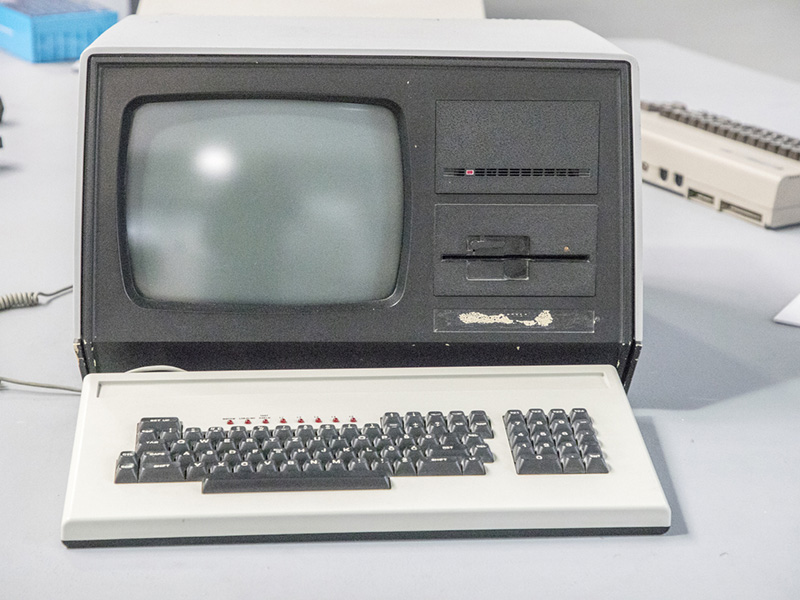
40-year industry vet discusses his take on tech: Does it help or hinder?
October 20, 2020 by Greg Meckbach

Print this page Share
When Bob Tisdale started his insurance career in the late 1970s, his employer at the time was just starting to adopt computers.
“A lot of people at the time predicted that that was going to be the end of everybody’s job,” said Tisdale, who retired this past summer as president and chief operating officer of Pembridge Insurance Company and Pafco Insurance Company (the Allstate Canada units that write insurance through brokers and non-standard auto, respectively). “That didn’t happen. There are still a lot of people, and there are huge IT departments that have challenges of their own with cyber issues, breaches, and viruses.”
Tisdale’s insurance career started in 1978 with Liberty Mutual. Throughout his 40-plus years in the industry, he has been active with various industry organizations. He was appointed to the board of the independent adjusting firm CRU Group this past August.
In an interview Tuesday, Canadian Underwriter asked Tisdale for his perspective on how the P&C insurance industry has changed over the past few decades.
“Computers, while they created efficiencies, also created lots of danger points for companies – breaches of information, and that type of thing,” said Tisdale.
And to what end? Has the increased level of technological sophistication created any additional financial stability for the industry? Or is more time and development required?
“When I look at the analytics, compared to 40 years ago, I don’t see a huge difference in operating results at the end of the day,” Tisdale observed. “If you look at combined ratios and returns on equity, it has gone up and down with market cycles. But it does not seem that the modernization, the tools, have created more stability. That’s not to say that I don’t think they will, but I don’t think they have today.”
When you think of computerization, Big Data, and all of the technological tools available today, “we should be much better at assessing and pricing risk,” Tisdale told Canadian Underwriter. “But every year, it seems to be another surprise. Whether it’s a weather-related event, or whether it’s a cyber – there is always something, which is really what keeps this industry so fascinating.”
A champion of professional development and education, Tisdale was chair of the Insurance Institute of Canada in 2015-16. He said he sees the biggest change in the industry in the areas of professionalism, education and corporate governance. “People who are coming into the industry have much stronger educational backgrounds,” he observed.
Technology has changed how people are trained to assess risk, as Tisdale observes.
“When I look back at how the industry has evolved and I look back more on the underwriting side and how risks were assessed and how risks were are priced … when people started in the industry it was kind of like the old apprentice system,” he said. “You started at the bottom and you worked with this grizzled veteran, who through experience had how to price and asses risk. You sat and listened to them and watched what they did, and then as you gained experience, you started applying your own intuition and started pricing assessing risk.
“So when I think about that, and then I think about today, a lot of that is done through more black-box analytics. Risks have become a lot more complex.”
Feature image via iStock.com/SlobodanMiljevic
Print this page Share
Analytics isn’t a replacement for knowledge and experience. Industry results haven’t improved under the analytics regime as insurance underwriting is an art which can not be dumbed down in the quest to improve loss ratios and profitability